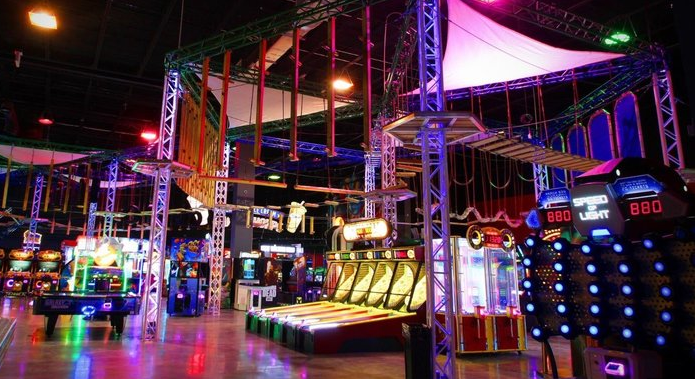Creating an adventure indoor ropes course requires careful planning and a dose of the safety knowledge, along with creative designing to make sure that everyone gets fun in this dynamic experience. In this guide, we will cover everything you need to consider when designing an indoor ropes course that provides a balance of safety and excitement for participants.
1. Knowing you Space and Audience
First, Carney prospects are able to evaluate their space then the audiences. The size of the area will set up how great or small legitimate your course is. As a reference, an open air ropes course of medium size that is good for all ages will fit easily within 50 feet by 30 feet. How will their challenges be geared, you ask? Knowing the average age and physical status of your audience is useful in this regard.
2. Safety First: Human Factors and Standards
Safety is of course paramount on any ropes course. Compliance with industry standards (such as those developed by the Association for Challenge Course Technology - ACCT) helps ensure that you have a safe and reliable course. Accidents are bound to happen if you do not check inspect or maintain your vehicle regularly. Materials: use good materials for maintaining it in the long run, such as galvanized steel ropes and platforms; make sure that every piece of equipment can resist a minimum breaking strength of 5,...
3. Designing the Course Layout
A good ropes course will have something for everyone at a range of skills uniformly spaced out across different elements. Include obstacles such as:
Suspension Bridges: These are 20-30 ft. long bridges that require balance and coordination.
What It Has: Zip Lines - A variety of 50 to 200 ft. zip lines that bring an adrenaline high
Walls - Walls range from 10-20 feet tall featuring routes for beginners to experts.
4. Incorporate Creative Themes
This adds to the immersive experience, whilst not interfering with development. Elements, such as vine bridges and tree platforms if themed of a jungle or skyscraper-like structures in the case that it is city-scape. Thematic Elements-Create artificial foliage, murals like a jungle or island paradise even set decorations can complete the theme.
5. Lighting and Atmosphere
Controlled lighting inside courses helps create atmosphere and emphasize safety features. Finally, appropriate use of LED lights in key areas and emergency exits to keep the prominent yet not overbearing. Think about some special effects lighting to spice up your night classes or performances.

6. Training and Staffing
Staff Experience is EverythingAn experienced staff can make all the difference on a ropes course. Staff must be trained in first aid and CPR, as well as rescue operations. When employees go through training regularly, they will keep their safety protocol and also customer service.
7. Marketing and Promotion
With an effective marketing your course will bring you visitors. Social media, local advertisement and partnerships with schools & community centers Promote your ropes course in various media by emphasizing its unique selling points; i.e Highlight success stories of rivals Contradictory establishment features.
Conclusion
Creating an adventure indoor ropes course combines creativity with maintaining safety and knowing your audience. If you follow these guidelines, your audience will set up to engage with a place that is thrilling yet safe. Liben Group also has guides and resources on building an indoor adventure ropes course.
So, by taking care of all these things in your new indoor ropes course, you will not only make it very famous but also a safe and memorable for everyone adventure.